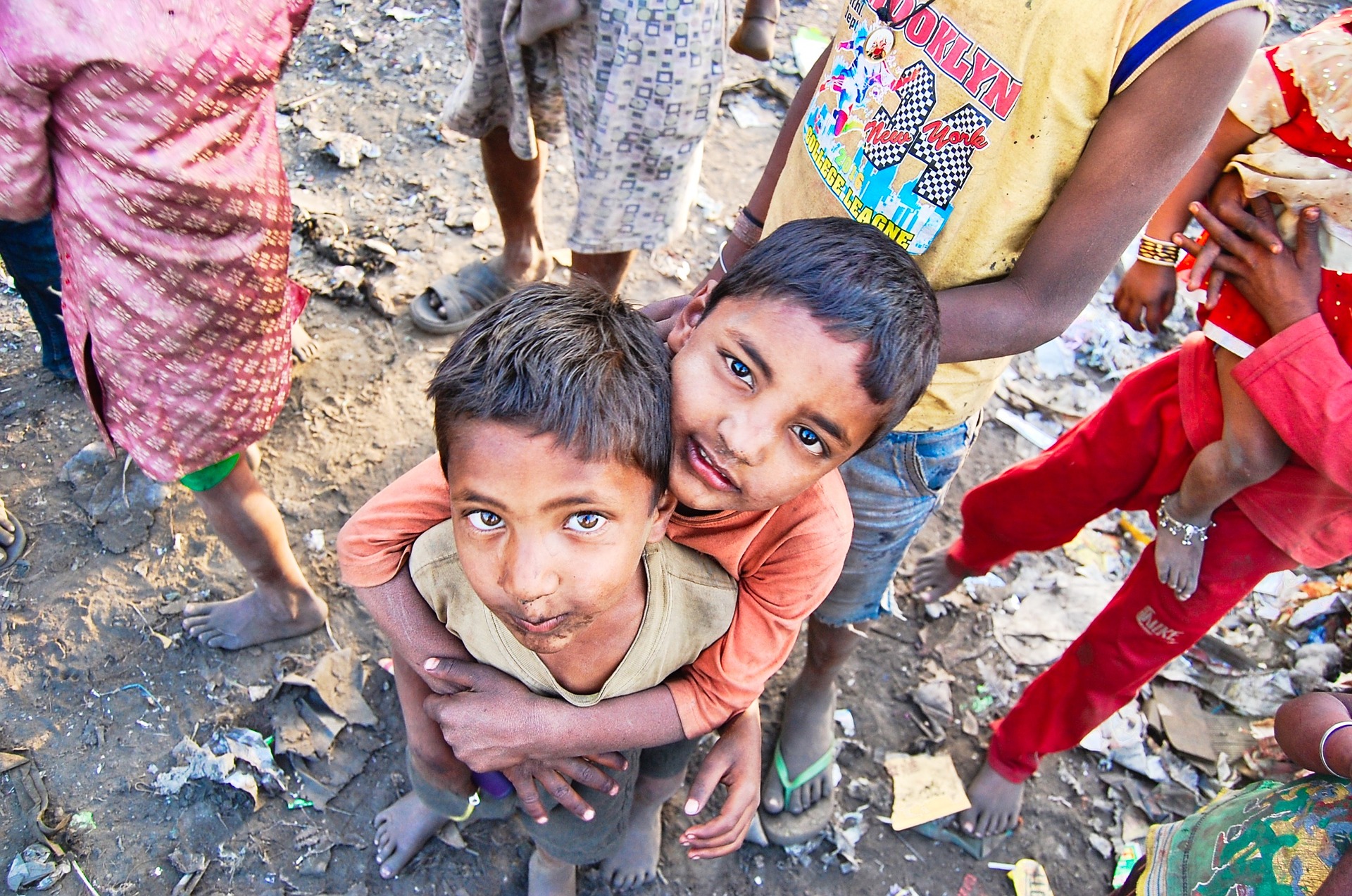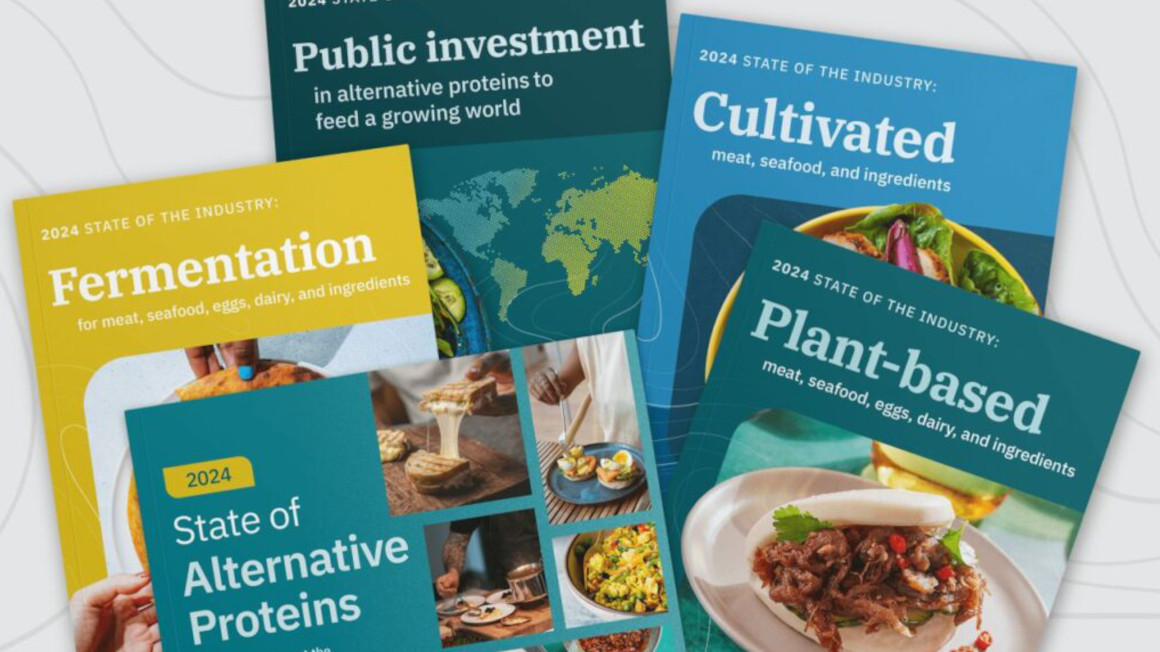
The Global Hunger Index 2020 clearly shows that the hunger situation in many countries still requires urgent attention.
On the basis of their latest developments, 37 countries are unlikely to reach even low levels of hunger by 2030. At the end of 2019, almost 690 million people were suffering from chronic hunger, and another 135 million people were affected by an acute food crisis. In the crisis year 2020 the situation has worsened.
The global corona pandemic, a devastating plague of locusts in parts of East Africa and South Asia and the economic downturn worldwide - the devastating effects of all these crises are leading to a rapid escalation of food and nutritional insecurity for millions of people - but especially for those who are already most vulnerable.
According to forecasts, the pandemic-related economic slump could lead to additional malnutrition for up to 80 million people in 2020 alone. The number of children suffering from depletion could increase by 6.7 million. Every percentage point by which the global gross domestic product falls could delay growth for an additional 700,000 children. There could be 130,000 additional child deaths.
The corona pandemic has exposed many weaknesses in the current global food systems. They are neither crisis-proof nor fair or sustainable. Our actions are having an increasingly negative impact on our planet - for example through soil degradation, greenhouse gas emissions and biodiversity loss - and our food systems are part of the problem. Many rural communities, indigenous peoples, women and marginalized groups lack secure access to land and agricultural education. And more than half of the world's population lacks social security in the event of a crisis.
The Global Hunger Index (WHI) annually measures and compares the degree of hunger and malnutrition in the world, different regions and individual countries. It aims to increase awareness and understanding of the fight against hunger and draws attention to those regions of the world where additional resources are most urgently needed to end hunger.
WHI 2020 also focuses on the potential of integrated health and nutrition systems. These are crucial to achieving the second of the 17 UN goals for sustainable development: "Zero Hunger by 2030".
The report is published jointly by Welthungerhilfe and its Alliance2015 partner Concern Worldwide.
How is the Global Hunger Index calculated?
The 4 indicators of the Global Hunger Index
- The share of the population that is undernourished
- The share of children under the age of five who are wasted (i.e. who have low weight for their height, reflecting acute undernutrition)
- The share of children under the age of five who are stunted (i.e. who have low height for their age, reflecting chronic undernutrition)
- The mortality rate of children under the age of five


